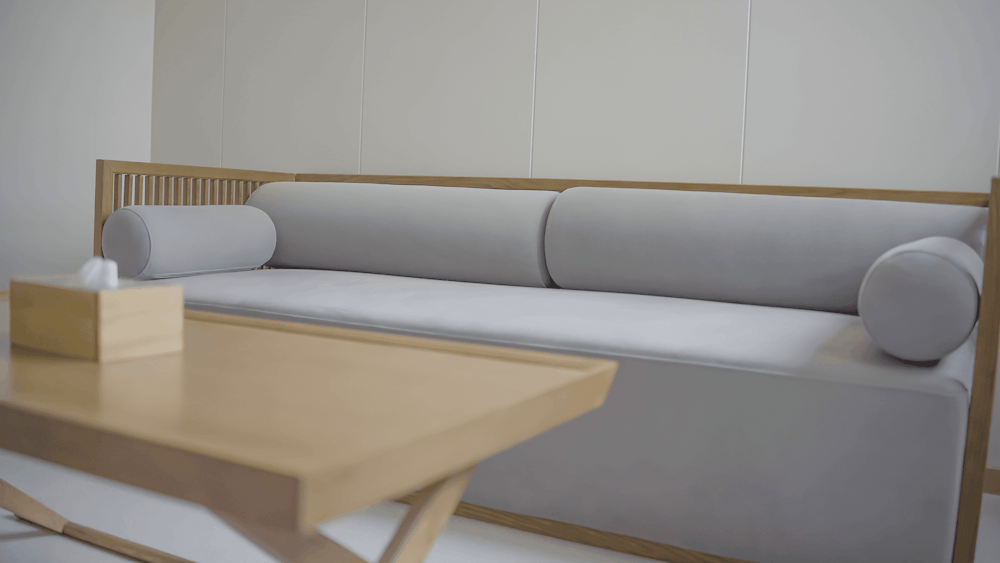Breathing New Life into a Mid-Century Gem
Embracing Retro Charm
The 1960s was an era of architectural innovation, with homes characterized by sleek lines, minimalist designs, and a focus on indoor-outdoor living. However, as time passes, these mid-century homes may require updating to meet modern aesthetic and functional standards. Modernizing a classic 1960s home exterior is about preserving its retro charm while infusing it with contemporary style and amenities.
Preserving Architectural Integrity
When updating the exterior of a 1960s home, it’s crucial to preserve its architectural integrity. This involves carefully assessing the original design elements, such as the roofline, windows, and siding, and determining which features to retain or restore. By honoring the home’s architectural heritage, homeowners can ensure that the modernization process maintains its authenticity and character.
Introducing Contemporary Elements
While preserving the home’s mid-century charm, updating the exterior also involves introducing contemporary elements to enhance its appeal. This may include replacing outdated materials with modern alternatives, such as energy-efficient windows, durable siding options, and eco-friendly roofing materials. Additionally, incorporating sleek fixtures, minimalist landscaping, and updated entryways can give the home a fresh, contemporary look.
Enhancing Curb Appeal
Curb appeal plays a significant role in modernizing a 1960s home exterior, as it sets the tone for the entire property. Enhancing curb appeal involves creating a welcoming and visually appealing facade that reflects the home’s style and personality. This can be achieved through landscaping updates, exterior lighting enhancements, and strategic color choices that complement the home’s architecture and surroundings.
Creating Seamless Transitions
One of the hallmarks of mid-century design is its seamless integration with the surrounding environment. When updating a 1960s home exterior, creating seamless transitions between indoor and outdoor spaces is essential. This may involve adding outdoor living areas, such as patios or decks, that flow seamlessly from the interior spaces. By blurring the lines between inside and outside, homeowners can maximize the home’s livable space and enhance its overall functionality.
Embracing Sustainable Solutions
In addition to aesthetic updates, modernizing a 1960s home exterior often involves incorporating sustainable solutions to improve energy efficiency and reduce environmental impact. This may include installing solar panels, upgrading insulation, and implementing water-saving landscaping techniques. By embracing sustainable solutions, homeowners can not only lower their utility bills but also contribute to a greener, more eco-friendly future.
Preserving Neighborhood Character
While updating a 1960s home exterior, it’s essential to consider the character of the surrounding neighborhood. Maintaining consistency with the architectural style and aesthetic of neighboring homes helps preserve the area’s character and charm. This may involve consulting with local authorities or homeowner associations to ensure that the proposed updates align with neighborhood guidelines and regulations.
Conclusion
In conclusion, modernizing a classic 1960s home exterior is a balancing act between preserving its retro charm and introducing contemporary elements. By carefully preserving architectural integrity, introducing modern amenities, enhancing curb appeal, creating seamless transitions, embracing sustainable solutions, and preserving neighborhood character, homeowners can breathe new life into their mid-century gem while honoring its architectural heritage. With thoughtful planning and attention to detail, modernizing a 1960s home exterior can transform it into a stylish and functional space that meets the needs of modern living. Read more about updating 1960s house exterior





